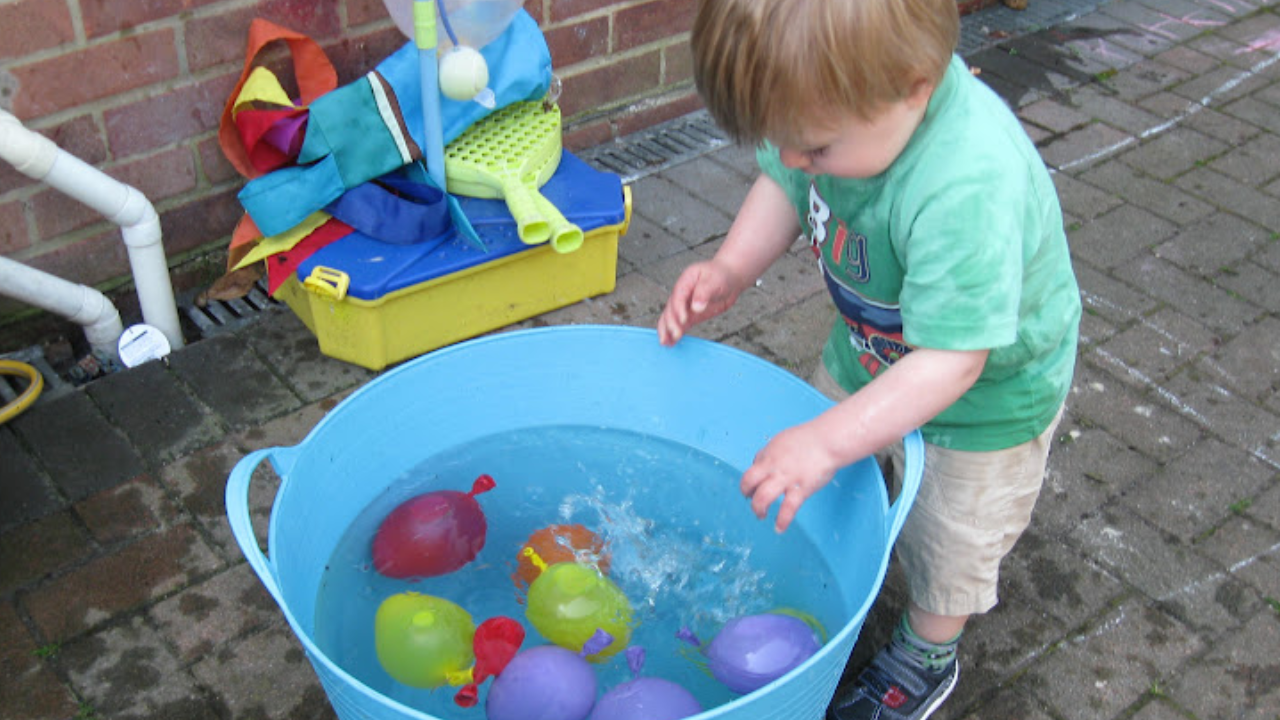For humans with latex allergic reactions or sensitivities, we provide reusable water balloons that can be latex unfastened. You may be assured that these balloons are appropriate for kids and others with sensitivities due to the fact they may be without any risky materials. With our reusable, latex-free water balloons, Hiliop prioritizes your fitness and offers you a green, safe, and laugh water play.
The necessity for sustainable answers on each side of existence is becoming increasingly clear as our international battles environmental troubles. This link will provide more information about latex-free water balloons https://www.hiliop.com/collections/latex-free-reusable-water-balloons. Latex-unfastened reusable water balloons have turned out to be a popular alternative to everyday latex water balloons in the world of summertime entertainment and water wars.
Are Reusable Latex-Free Water Balloons Simple To Clean?
They may be usually easy to clean, sure. After use, drain the water balloons and thoroughly rinse them under easy water to take away any leftover residue or debris. Fill the water balloons to the brim first. To release any trapped water, you could accomplish this using lightly squeezing or shaking them.
Heat water has to be introduced to a sink or basin, at the side of a tiny amount of dishwashing liquid or mild cleaning soap. The cleaning soap will assist in casting off any dirt, remains, or microorganisms from the balloons. Placed the reusable latex-unfastened water balloons inside the soapy water combination.
Make certain that they’re absolutely submerged. Use your arms to gently stir the balloons inside the soapy water. You can additionally smooth the surface of the balloons with a mild material or sponge.
Materials Using Latex-Free Water Balloons
Reusable water balloons without latex are often composed of materials aside from latex or rubber. Those substances had been picked due to the fact they’re long-lasting, cozy, and safe for the environment. Right here’s a closer examination of some of the everyday additives used to create these environmentally pleasant water balloons:
Thermoplastic Polyurethane (TPU):
The most often used material for latex-unfastened water balloons is TPU. It’s a bendy polymer renowned for its sturdiness and flexibility. TPU is an extremely good material for water balloons due to the fact it is non-toxic and generally appears secure to be used with water. Due to the fact that TPU is a thermoplastic that may be melted and molded, those balloons are frequently warm-sealed on the seams to avoid leakage.
EVA (Ethylene-Vinyl Acetate):
Any other material that is frequently used to make latex-free water balloons is EVA. It’s far-famed for being flexible and velvety. EVA is frequently utilized in items like swim floats and water toys and generally appears safe for human contact. EVA water balloons are created to be robust, lightweight, and easy to fill and knot.
Silicone:
Despite the fact that much less frequent, silicone water balloons are nevertheless an inexperienced desire. A substance that resembles rubber called silicone is famous for its tensile energy and tolerance to high temperatures. Due to the fact that silicone balloons are typically thicker and greater durable, they may be less prone to tear or shatter while being played with. Because of their food-grade qualities, they can be adequately applied in touch with water and are often used in bakeware and cookware.
Nylon or Fabric:
Some reusable water balloons are built out of nylon or cloth. Similar to common water balloons, these balloons are made to be dipped in water and hurled. They are normally knotted at the neck, packed with water, and tossed like ordinary water balloons. Balloons made from nylon or other materials are sturdy and versatile. They could want a little greater attention at some point of washing and drying.
Natural Rubber Alternatives
Notwithstanding the truth that a few humans are allergic to latex, latex-loose balloons are made from natural rubber substitutes which might be without latex proteins. Substances like polyisoprene or butadiene rubber, which give flexibility and sturdiness without inducing latex allergic reactions, may be used as substitutes.
Bottom Words
Remember the fact that one-of-a-kind manufacturers and producers of latex-free reusable water balloons may additionally use distinct substances. Constantly read the label or description of the product to learn about the components used and any protection certifications. Make certain to observe the manufacturer’s suggestions for suitable dealing with, cleansing, and storing to keep the durability of those green water balloons.

